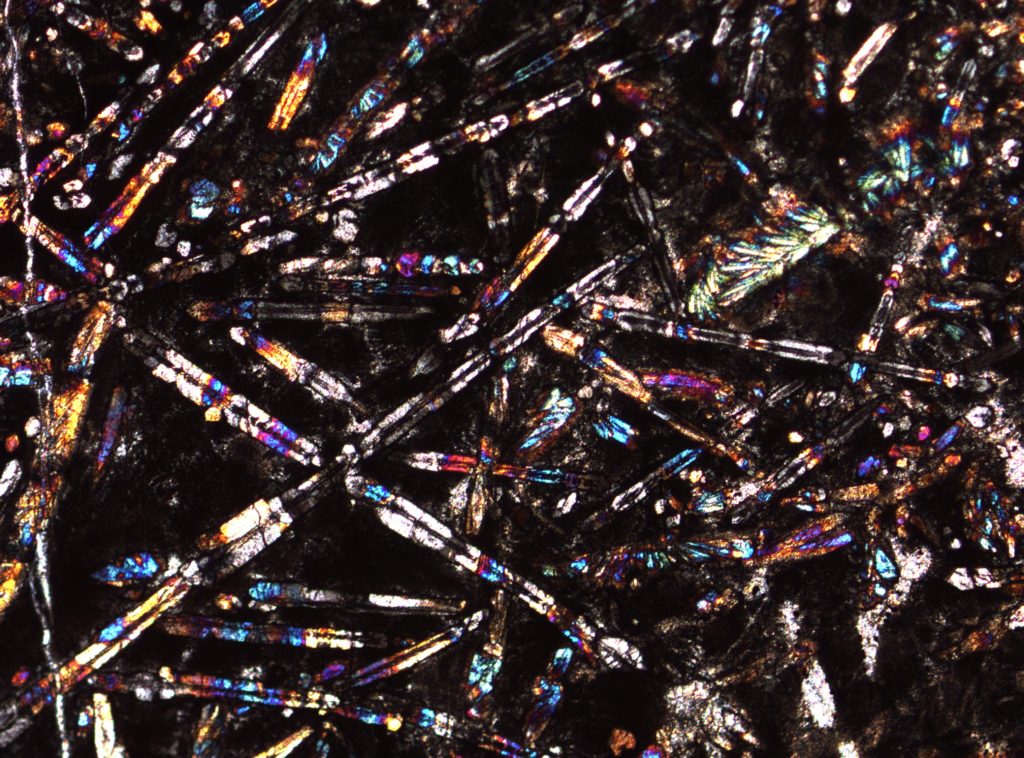The Earth formed from a molten ball of rock, cooling rapidly at first, as it quenched to the rocky mantle we sit upon today. Over the ensuing 4.5 billion years, Earth’s mantle underwent a slow cooling. Although the precise temperature change of the Earth’s mantle over this period is debated, it has likely fallen by ~200K since the Archean Eon.

This change in mantle temperature has had an important impact on the way in which the planet’s interior interacts with the oceans and atmosphere. Higher mantle temperatures in the Archean would have meant more voluminous magmatism, and possibly more frequent large igneous provinces, which have been linked to environmental catastrophism and mass extinction.
The types of lava produced during melting of the mantle have also changed. Whilst the basalts erupting at mid-ocean ridges today typically have MgO contents of around 8wt%, Archean komatiites had MgO > 25wt%. As MgO in a primitive lava is a proxy for the temperature of the mantle that melted to form it, the composition of ancient lavas can be used to track changes in mantle temperature. It is using this type of observation, in addition to Al-in-olivine thermometry (e.g., Matthews et al., 2016) that Trela et al. used to identify young, 89 Ma, komatiites in Costa Rica.
These Costa Rican komatiites of the Tortugal suite have been inferred to record crystallisation temperatures of > 1550°C (e.g., Alvarado et al. 1997, Trela et al. 2017) and mantle potential temperatures of up to 1700°C. These temperatures are at the limits of the calibration range of current petrological tools and are a challenge for any thermodynamic description of mantle melting to model accurately. So work needs to be done extending igneous thermometers up to these temperatures. Equally, the geodynamic implications of such high mantle potential temperatures being present in the upper mantle has yet to be fully understood. If these temperature estimates are substantiated by further observations then it is perhaps most likely we are seeing an unusually efficient dredge up of a thermal boundary layer, possibly that at the core-mantle boundary.
Online [publisher]: https://dx.doi.org/10.1002/2016GC006497
Discussing the article by Trela et al. https://dx.doi.org/10.1038/NGEO2954
Reference: Oliver Shorttle. Hot mantle rising. Nature Geosciences (2017)
Publicity: Interview on Radio 4
Recent Comments